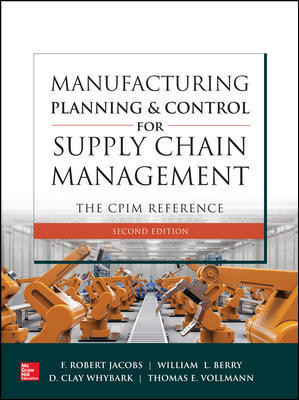In January, ASQ released the latest Manufacturing Outlook Survey. Respondents to the ASQ survey represent the aerospace, automotive, food, medical device, pharmaceutical and utility industries, among others. The ASQ 2014 Manufacturing Outlook Survey was fielded in a digital survey November 21-December 5, 2013. More than 700 manufacturing professionals around the world responded to the survey. As with past studies, the 2014 Manufacturing Outlook Survey respondents reported their organization’s expectations for the year in terms of revenue growth, greatest challenges, quality profession salary changes, and hiring (see sidebar for the 2014 responses). New to the 2014 Manufacturing Outlook Survey is the examination of smart manufacturing—also referred to as advanced process manufacturing technology.
The Smart Manufacturing Leadership Coalition (SMLC) defines smart manufacturing as the integration of network-based data and information that provides real-time understanding, reasoning, planning, management and related decision making of all aspects of a manufacturing and supply chain enterprise. The SMLC is an organization of manufacturing practitioner, supplier and technology companies; manufacturing consortia; universities; and government laboratories committed to the goals of smart manufacturing. The coalition has collectively developed and is pursuing a comprehensive technology and business roadmap to develop and implement smart manufacturing capabilities. ASQ joined the SMLC in 2013.
While there have been articles published in recent months, smart manufacturing is still relatively new to manufacturers.
According to the ASQ Manufacturing Outlook Survey results, only 13% of those surveyed said they use smart manufacturing within their organization. Of those organizations that claim to have implemented smart manufacturing, 82% say they have experienced increased efficiency, 49% experienced fewer product defects, and 45% experienced increased customer satisfaction.
Of the organizations that reported using smart manufacturing, cost was the primary challenge, followed by access to necessary infrastructure, and overcoming resistance from employees.
Thirty-three percent have applied smart manufacturing at the plant levels, and 29% have integrated smart manufacturing across all levels of the organization.
Of the manufacturers that have not implemented smart manufacturing, interest, cost and resistance from management continue to stifle deployment, according to the survey.
The results show that 37% of those surveyed have no interest in smart manufacturing, while 29% say cost is the biggest challenge. In addition, 14% said resistance from management is the biggest hurdle when considering a smart manufacturing system.
However, the study shows that the majority of organizations involved in smart manufacturing right now are experiencing positive monetary outcomes.
It is difficult to state, during the first quarter of 2014, whether smart manufacturing will become the next big continuous improvement model for U.S. manufacturers or be a curiosity that has as many detractors as it does converts.
What can be stated clearly is that U.S. manufacturers are aware of smart manufacturing and will be watching suppliers and competitors alike.
Manufacturing Outlook Respondents
Anticipate Revenue Growth, Salary increases, Adding Staff
Sixty-five percent of manufacturers experienced revenue growth in 2013 but nearly half still consider the economy the biggest challenge, according to results of the ASQ 2014 Manufacturing Outlook Survey.
And while 64% of respondents worldwide expect increased revenue in 2014, that percentage is down from years past, albeit slightly. In last year’s survey, 65% anticipated growth in 2013, and 66% of respondents to the 2012 outlook survey anticipated growth in 2013.
In both 2012 and 2013, 70% of manufacturers said they experienced revenue growth compared to just 65% in this year’s Manufacturing Outlook Survey.
Despite the percentage of manufacturers expecting increased revenues in 2014, 46% of the respondents say the economy continues to be the biggest hurdle to operations, while 18% said the shortage of skilled workers is the biggest challenge they foresee in 2014.
When referencing quality jobs in their organization, 15% of respondents expect their organizations to decrease staff, while 36% expect their organization to hire additional staff. Thirty-five percent expect staff to maintain current levels. Furthermore, 49% expect salary or merit increases in 2014, while only 4% expect salary reductions.
ASQ conducts the Manufacturing Outlook Survey annually to gauge manufacturing professionals’ view on the year ahead. ASQ members worldwide and members of the Smart Manufacturing Leadership Coalition (https://smartmanufacturingcoalition.org/) were among those who responded to the survey.




